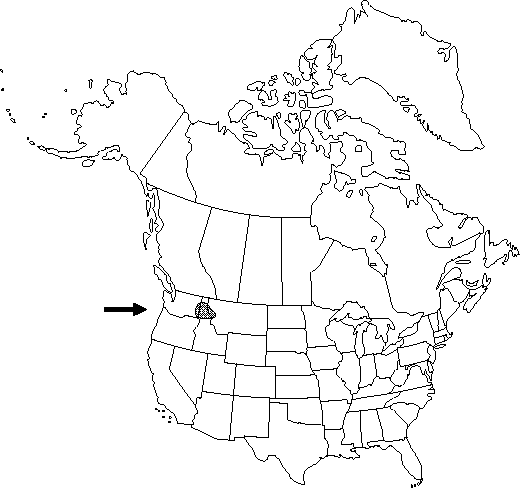Difference between revisions of "Coptis occidentalis"
Fl. N. Amer. 1:28. 1838.
EndemicIllustrated
Basionym: Chrysocoptis occidentalis Nuttall J.Acad. Nat. Sci. Philadelphia 7:8. 1834
Treatment appears in FNA Volume 3.
imported>Volume Importer |
imported>Volume Importer |
||
| Line 58: | Line 58: | ||
|publication year=1838 | |publication year=1838 | ||
|special status=Endemic;Illustrated | |special status=Endemic;Illustrated | ||
| − | |source xml=https:// | + | |source xml=https://bitbucket.org/aafc-mbb/fna-data-curation/src/2e0870ddd59836b60bcf96646a41e87ea5a5943a/coarse_grained_fna_xml/V3/V3_355.xml |
|genus=Coptis | |genus=Coptis | ||
|species=Coptis occidentalis | |species=Coptis occidentalis | ||
Latest revision as of 22:48, 5 November 2020
Rhizomes pale brown. Leaves: blade ternate; leaflets long-petiolulate, blade widely ovate, incised with 2-3 lobes divided ca. 1/2 length to base, margins sharply serrate-denticulate. Inflorescences 2-3(-5)-flowered, often shorter than leaves at anthesis, 10-25 cm, elongating to 32 cm in fruit. Flowers erect; sepals spreading to reflexed, linear-lanceolate, 7-11× 0.4-1 mm; petals linear-lanceolate, nectary nearly basal, blade flattened, narrowly ligulate at apex; stamens 10-35. Follicles 5-15; stipe slightly shorter than body; body oblong, 7.5-14 mm; beak recurved, less than 1 mm. Seeds 2.2-2.6 mm.
Phenology: Flowering spring.
Habitat: Moist, coniferous woods
Elevation: 500-2000 m
Distribution

Idaho, Mont., Wash.
Discussion
Selected References
None.
Lower Taxa
None.
